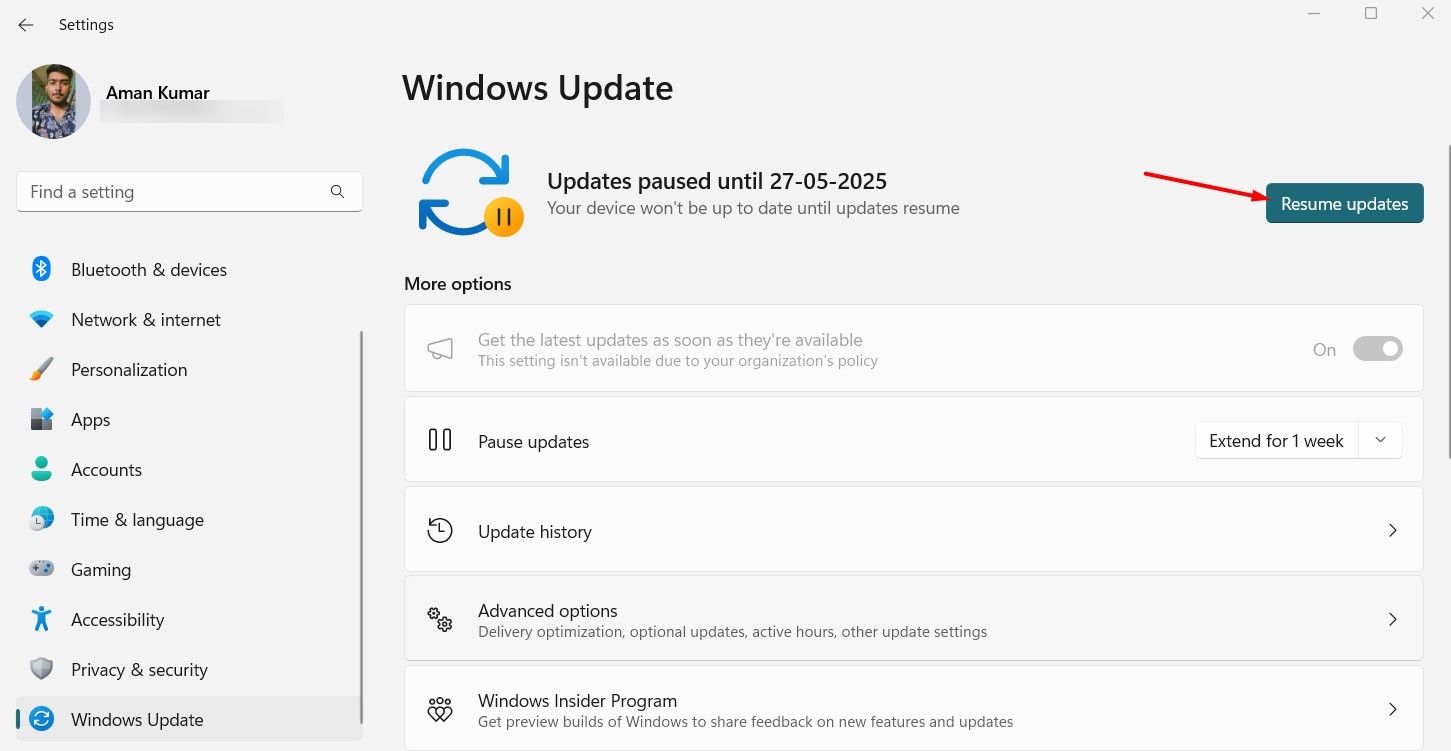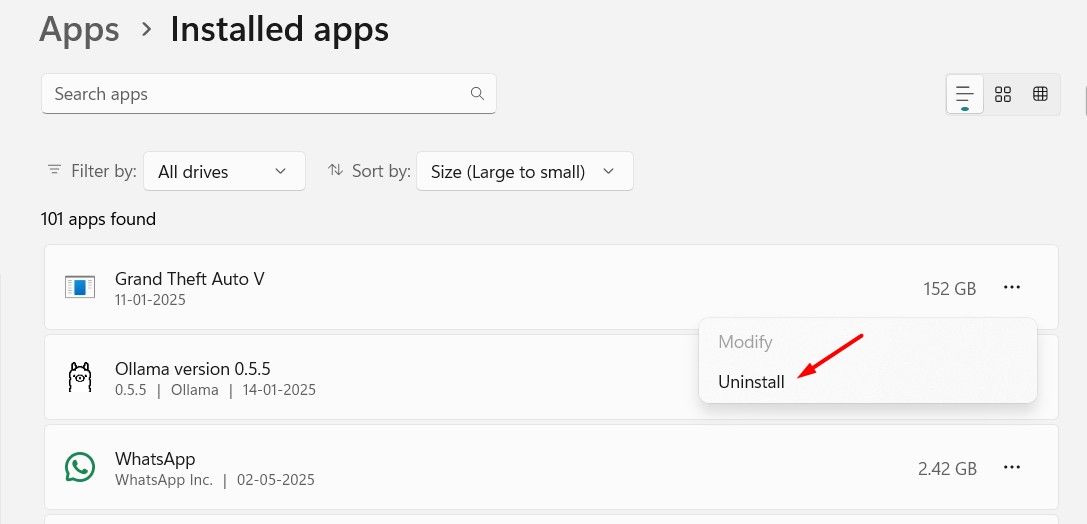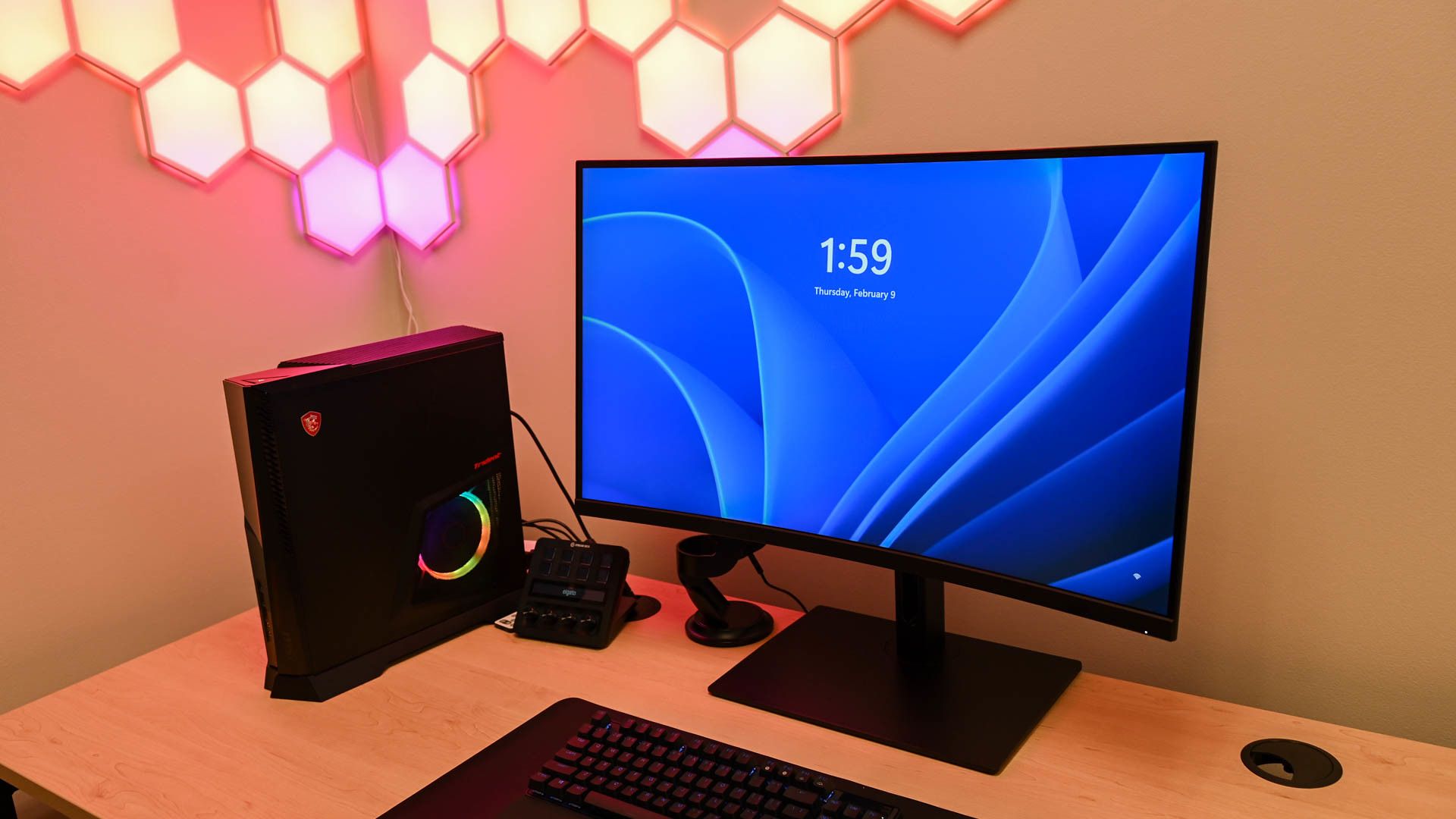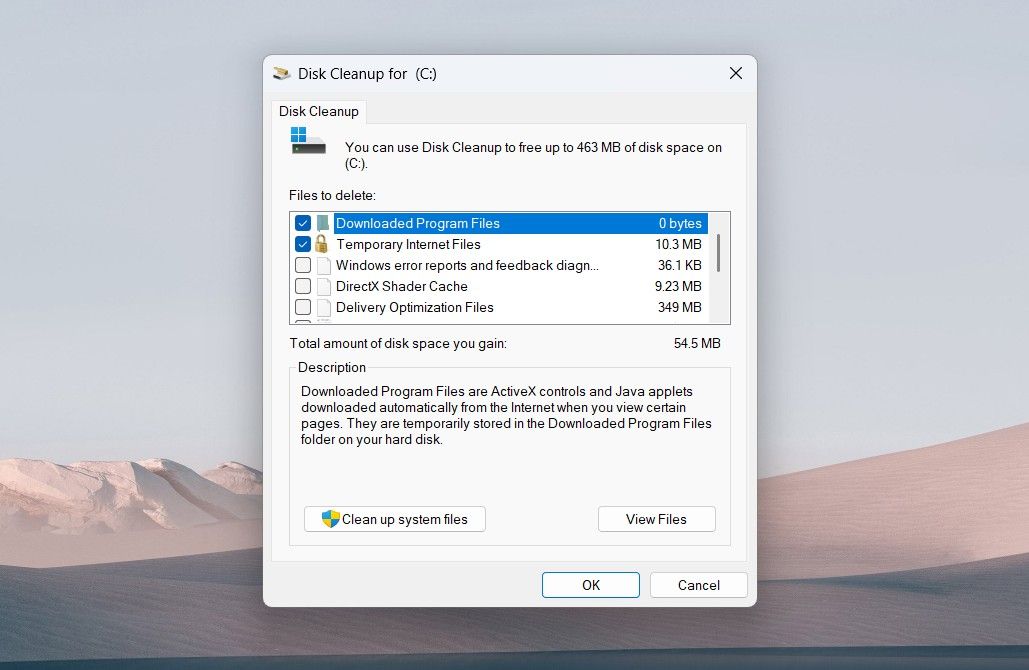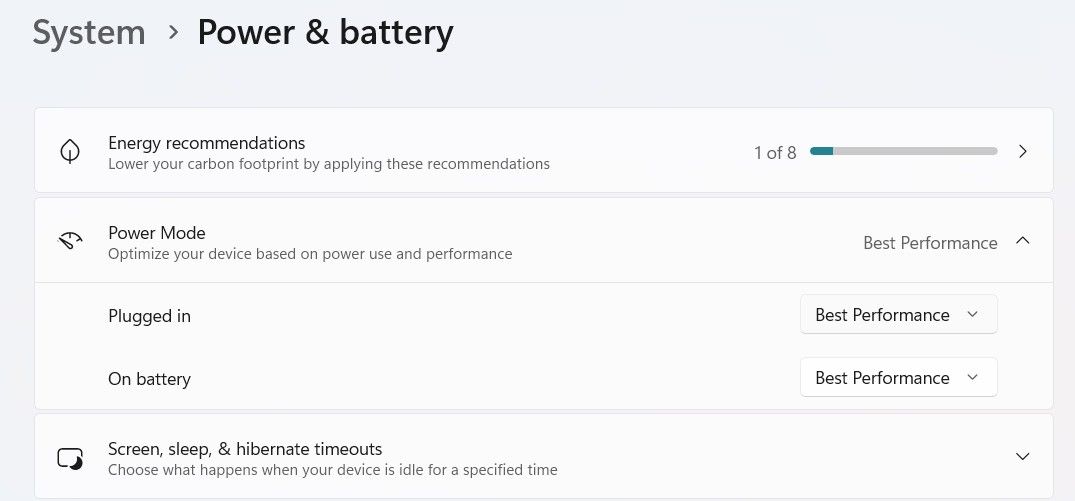Bad habits often lead to negative outcomes. This doesn’t just apply to your personal life but also to other stuff like your Windows computer. These are six bad habits that could actually be slowing down your Windows 11 computer.
6
Not Updating the OS Regularly
Update your Windows computer—this is not just another generic piece of advice you hear from experts online. It actually works.
Updating Windows has long been one of the best ways to improve system performance. If you have a habit of not updating Windows, you’re not only settling for less performance than what your computer can actually offer if you update it, but you will also miss out on new Windows features.
Additionally, updating Windows can help resolve any bugs or glitches you are experiencing on your computer. A good example is the KB5053656 update that Microsoft released in February, which resolved a bug on Windows 11 computers that caused Remote Desktop to freeze. There are many similar instances where a Windows update has solved major problems. For example, the KB5044384 update fixed an issue where the Disk Cleanup tool incorrectly reported the space available for cleanup, and the KB5050094 update addressed problems users faced when changing the time zone on their Windows 11 computers.
By default, Windows 11 is set to automatically check for updates when you are connected to the Internet. However, this will not occur if you have intentionally or accidentally paused Windows Update. To check this, open the Settings app and select “Windows Update” from the left sidebar. If Windows Update is paused, you’ll see the “Resume Updates” button instead of the “Check for Updates” button. Click it to start receiving Windows updates again.
5
Keeping Unnecessary Apps Installed
The best thing about using Windows is that you will find many alternatives for each Windows app. For instance, there is OneCommander, which is an alternative to the Windows File Explorer, and there is VLC Player, which serves as an alternative to the Media Player.
One thing you should keep in mind while installing apps on Windows computers is that they take up a lot of storage. While this may not affect you initially when you have ample storage available on your computer, it can eventually impact your system’s performance when you start running low on storage. Due to the limited amount of system storage, Windows will not be able to create temporary files or manage virtual memory efficiently, which will ultimately result in poor computer performance.
That’s why I recommend uninstalling all unnecessary apps on your computer. There may be apps you installed just for testing purposes or games you’ve already completed but are still installed. To uninstall these apps, open the Settings app and navigate to Apps > Installed Apps.
Then, I suggest changing the Sort by drop-down menu to “Size (Large to Small).” This will help you quickly identify large apps. Click the three dots next to the app you want to remove, and select “Uninstall” from the drop-down menu.
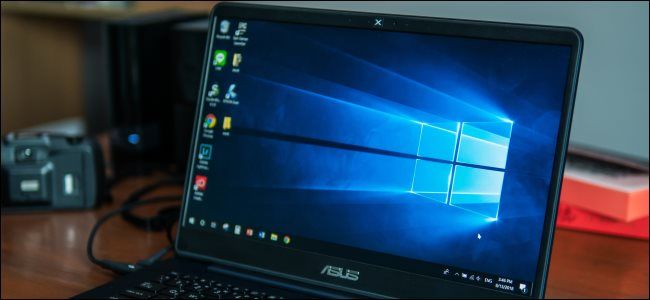
Related
10 Quick Steps to Increase PC Performance
Want a faster PC? Here are some quick tips for boosting performance.
4
Ignoring Startup Applications
When you install an application, it asks for many permissions, such as the ability to access your device storage, the Internet, and more. Some apps also request permission to launch automatically at startup. You will typically find these settings in apps designed to ensure continuous operation, such as antivirus software or Windows theme apps.
However, having too many unnecessary startup applications can affect your computer’s boot time. Personally, the last time I checked, I had 35 startup applications, which caused my Windows computer to take around a minute to boot.
The best thing you can do in this case is to go through all the startup applications and disable those that are unnecessary. Game launchers like Steam often have permission to launch at startup. So, if you’ve any such applications installed, you should prevent them from launching automatically.
To do this, open the Task Manager, select “Startup Apps” from the left sidebar, right-click the application you want to stop from launching automatically, and choose “Disable.”
3
Not Clearing Junk Files Regularly
Windows stores a lot of junk files, and similar to junk food, they do more harm than good. Gradually, these files start taking up a lot of storage on your system, which ultimately results in reduced system performance. That’s why, if you don’t have the habit of regularly clearing junk files from your computer, you may eventually find yourself in a situation where a large portion of your system storage is occupied by junk files, causing your system to slow down drastically.
Unfortunately, there isn’t just one particular source that creates junk files on Windows. They can be created from the leftovers of uninstalled programs or even from a Windows update that you downloaded ages ago. Browser data can also be considered junk. Fortunately, you can quickly remove these unnecessary files from your computer through the Settings menu or the Disk Cleanup tool to free up space and improve your system’s overall performance.
2
Not Utilizing Windows Power Mode Settings
Windows comes with different power mode options designed for various situations. If you don’t have the habit of using these options properly, you might be missing out on what Windows can offer in terms of performance.
In the Power Mode section of the Power & Battery window, you will find three options: Best Performance, Balanced, and Best Power Efficiency. If you’re using a desktop computer, I highly recommend choosing the “Best Performance” option. As the name suggests, it configures Windows to deliver the best performance.
You can choose the same option on your laptop as well when it is plugged into a power source. Your laptop will start consuming a lot of battery if this option is enabled when it is not plugged in. In such a situation, you can either choose the “Balanced” option or the “Best Power Efficiency” option.
1
Allowing Unnecessary Apps to Run In the Background
The last bad habit that can adversely affect your Windows 11 performance is allowing apps to run in the background. Personally, I used to minimize apps instead of closing them. On one hand, this allows me to quickly resume using the app from where I left off, but on the other hand, all those minimized apps continue consuming system resources in the background. This is something you definitely want to avoid, especially if it’s a large app like a game launcher.
To prevent this from happening, you should start closing the apps you no longer want to use instead of minimizing them. Interestingly, some apps continue running in the background even if you click the red cross icon at the top of their window. You can close these apps permanently by opening the Task Manager, locating them in the “Processes” tab, right-clicking their process, and selecting the “End Task” option.
Once you have only a handful of necessary apps running in the background, you’ll notice your computer performing better than before.
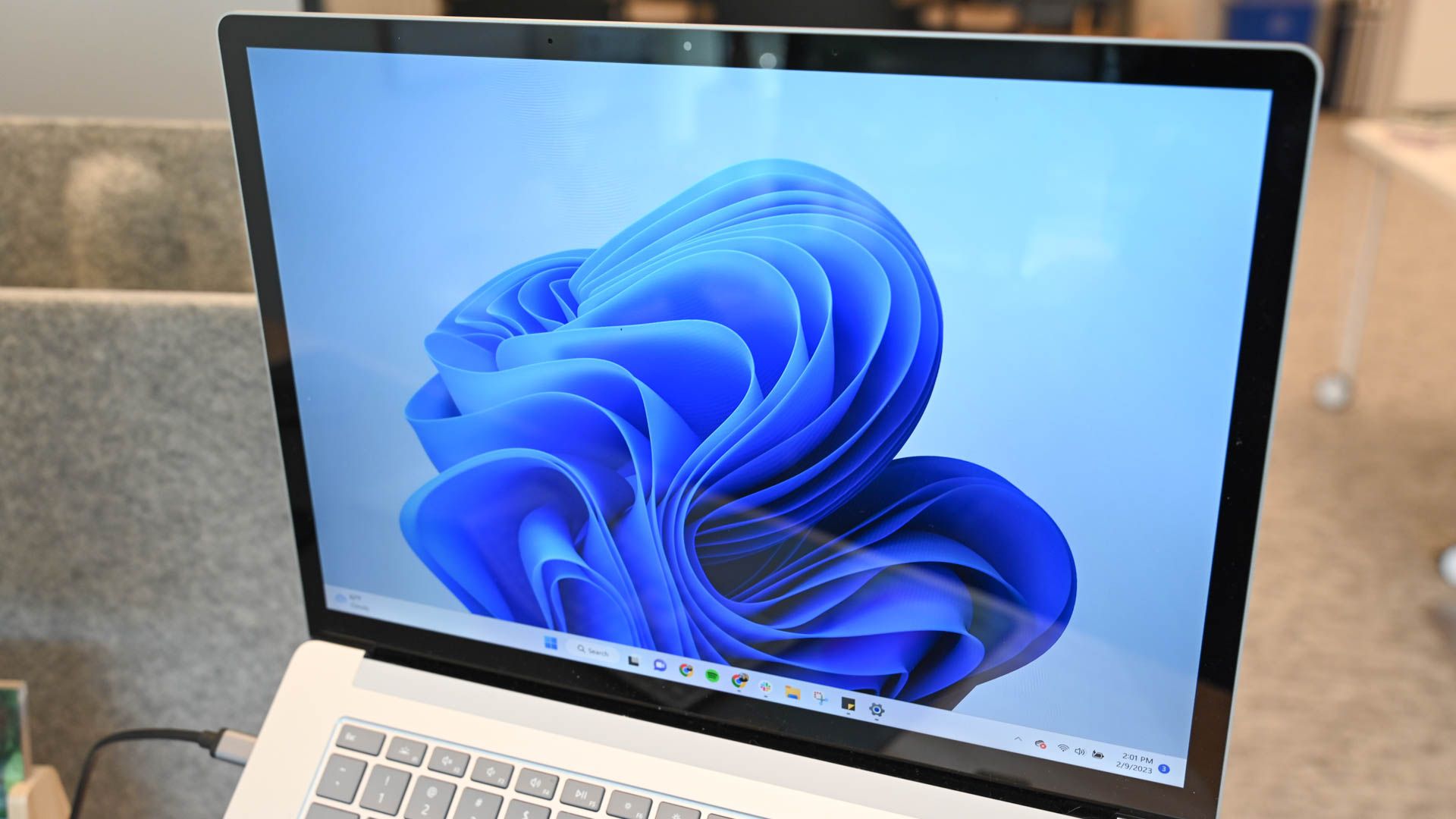
Related
How to Disable Background Apps in Windows 11
Disable Background Apps on your Windows device and enhance its speed and performance.
These were some of the bad habits that could actually adversely affect your Windows performance. However, it’s important to note that while breaking these habits may give your computer a performance boost, I am not promising that it will be as significant as upgrading your hardware. If you really want a massive performance improvement, upgrading to an SSD and adding more RAM are two of the basic things you should consider.

